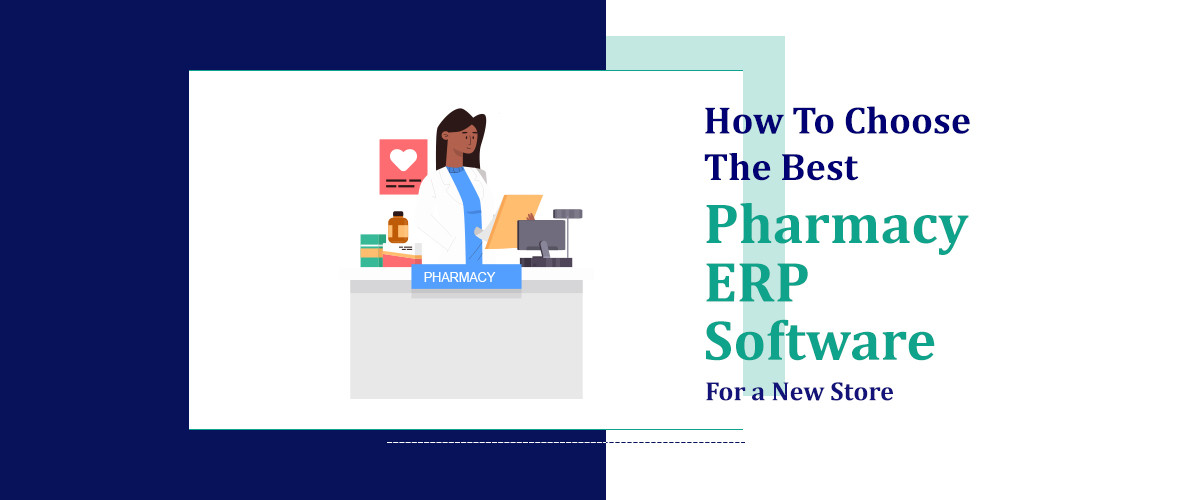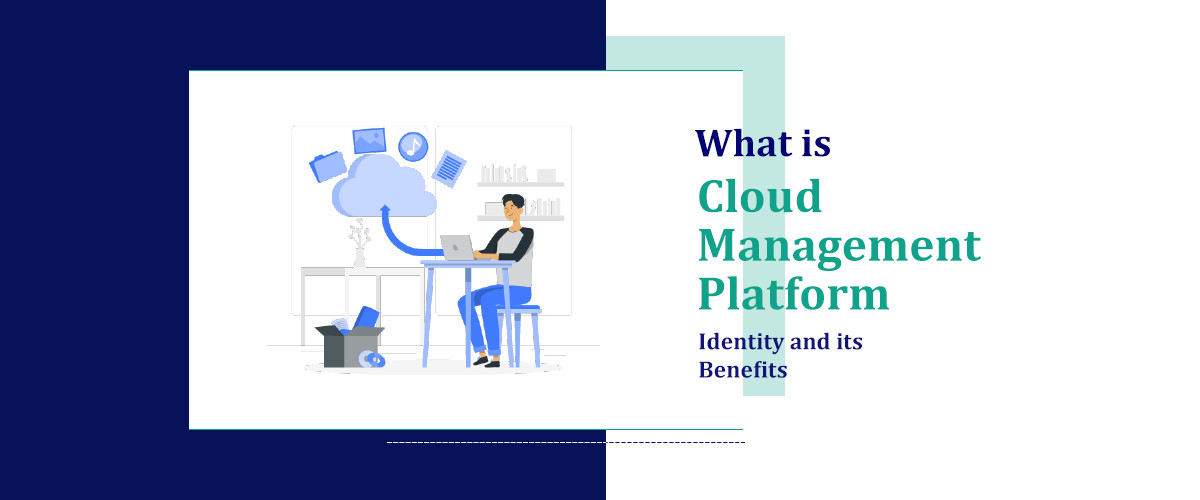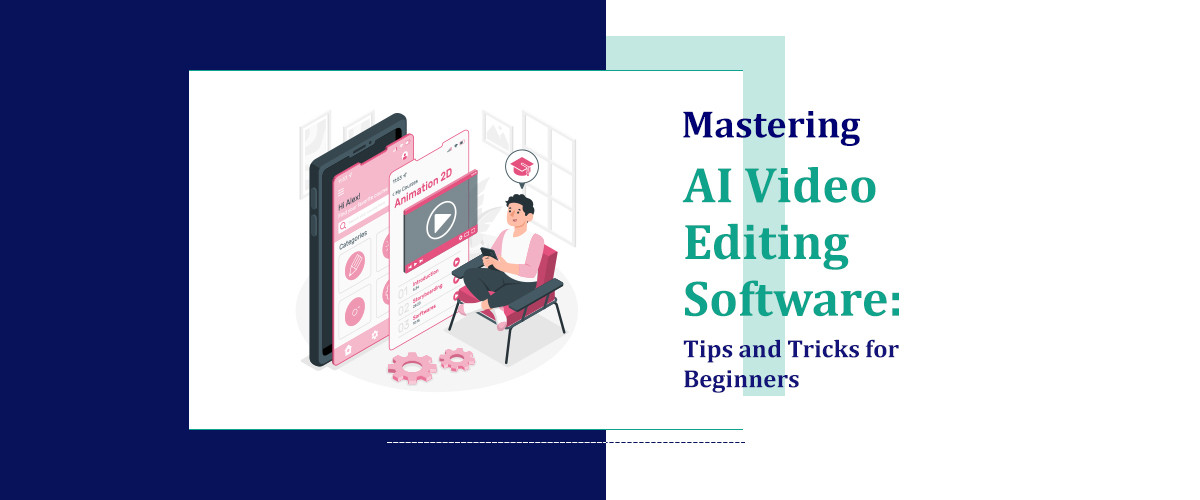What we'll cover
Customer service chimes and logistical accuracy whirs in the busy field of pharmacy administration. The orchestrator needed to balance complex inventory management, regulatory compliance, and financial responsibility is necessary in this symphony of health-conscious commerce. We go over how to use pharmacy ERP software, which has many functions similar to the industry itself, to create this kind of skillful performance here. Find the ideal ERP (Enterprise Resource Planning) software and incorporate it into your pharmacy's operations as soon as possible. This is a crucial business decision in light of the growing market for digital solutions.
Understanding the Pharmacy ERP Software Landscape
It's critical to understand the landscape of the industry before choosing the instruments to sculpt the success of your firm. The healthcare industry's pharmacy division is distinguished by its stringent regulatory environment and the necessity of precision and effectiveness. Pharmacies need to be very flexible and steadfastly thorough in order to manage complicated medication interactions and comply with the intricate web of insurance regulations.
ERP systems are the backbone of an organization's operational functionality in pharmacies. The foundation for pharmacies' service delivery, inventory management software, and financial integrity is these potent digital frameworks.
ERP software feeds on the desire for efficient operations, precise prescription fulfilment, and flawless customer service. ERP streamlines data administration, speeds up decision-making in real time, and improves the client experience by combining several apps into a single process.
Key Features Of Pharmacy ERP Software
-
Inventory Management
Essential capabilities include expiration tracking, intelligent stock maintenance, and supplier connectivity.
-
Prescription Management
Key components include digital prescription storage, automated refill reminders, and adherence to authorised procedures.
-
Billing and Invoicing
Pharmacists can work more efficiently if financial operations are made simpler, insurance are integrated, and billing and invoicing software is made easier.
-
CRM Integration
Modules for customer relationship management improve loyalty schemes and personalised services.
-
Reporting and Analytics
Proactive decision-making is aided by data-driven insights into consumer behaviour, inventory turnover, and sales patterns.
-
Regulatory Compliance
To stay out of legal hot water, make sure the ERP can integrate with the compliance criteria set out by regulatory organisations.
-
Mobile applications
Providing clients with applications for uploading prescriptions, getting refills, and accessing shop details will increase client happiness.
-
Connection with Other Healthcare Systems
A complete healthcare strategy requires seamless connection with medical imaging software US and electronic health records (EHR).
Assessing Your Pharmacy’s ERP Software Needs
When selecting an ERP software US, knowing your pharmacy's specific needs is essential, much like a thorough diagnostic before writing a prescription. The operational needs of pharmacies vary depending on several aspects, including shop size, location, consumer demographics, and the specialised services provided.
-
Perform a SWOT analysis.
To evaluate the internal and external elements affecting your pharmacy, do a SWOT (Strengths, Weaknesses, Opportunities, and Threats) study. Crucial factors for comparison with possible ERP solutions may be found through this activity.
-
The Part Played by Stakeholders
Involve every important participant in the requirements assessment process, including billing specialists and chemists. Their practical experience-based views are important in creating a clear picture of what has to be optimised or enhanced.
-
The capacity to scale and future-proof
Considering the trajectory of your pharmacy's growth is not only prudent, but it is also pivotal in preventing the need for system overhauls in the near future. As the firm grows, the selected ERP has to be scalable and able to manage higher transaction volumes.
Selecting a Pharmacy ERP Software
Now that you have your needs list in hand, you can begin the selection process. These thorough instructions will help you navigate the wide range of alternatives that are accessible, since it might be intimidating.
-
Investigate
Start by investigating the pharmacy ERP systems that are currently on the market. Peer ratings on sites like LinkedIn or niche forums, as well as services like Capterra and Gartner, are great places to start.
-
Proposal Requests (RFPs)
Create a thorough RFP and send it to POS software. Your pharmacy's demands, including those for technical support, integration capabilities, customisation possibilities, and pricing information, should be briefly described in this document.
-
Trials and Demos
Based on their replies to the RFP, make a shortlist of a few ERP suppliers that you favour. Ask for software demos and, if available, trial versions.
-
Examine the references
Find first-hand information on the systems that made the short list by using your network. References can give direct feedback, draw attention to topics not often included in marketing collateral, and provide an inside look at post-implementation assistance.
-
Place and Points
Create a score matrix so you can unbiasedly evaluate each ERP system according to how well it satisfies your requirements. Making an educated choice will be made easier by calculating the many characteristics and capabilities using quantitative measurements.
Implementing the Chosen Pharmacy ERP Software
The ERP selection process is the first step in the implementation phase, which is equally important and intricate as the selection process itself. A seamless deployment guarantees a speedier return on investment and synchronisation with daily activities.
-
Project Schedule
It is essential to have a thorough project strategy that details the migration from current systems to the new ERP. Training needs, data migration plans, testing procedures, and a schedule with intermediate goals should all be included.
-
Training for Employees and Change Management
Pharmacy staff need to be competent with the new system to optimize its advantages. A specialised training programme that addresses every position is necessary. To reduce opposition and promote a favourable adoption environment, a change management plan should also be created.
-
Data Transfer
Accurate and safe data transfer from the old system is required. You should receive guidance from the ERP vendor during this process to make sure that no important data is misplaced or distorted.
-
Testing
It is important to do comprehensive testing and quality assurance to guarantee that the ERP system meets the requirements of your pharmacy. To ensure the resilience and integrity of the system, stress testing with large transaction volumes is part of this.
-
Launch
The transfer to the new ERP is marked by the go-live phase. In order to minimise any delays to client service, this needs to be carefully planned. Consider a soft launch or implement the system during off-peak hours to troubleshoot any initial bugs or unforeseen challenges.
-
Support Following Implementation
Just as important as the ERP system itself is strong post-implementation assistance. In addition to addressing any teething problems, the supplier should give prompt help and continuing maintenance and upgrades.
Measuring ROI and Effectiveness
A pharmacy ERP deployment is considered effective if it improves your business metrics and provides a measurable return on investment (ROI). Monitoring the new system's performance will guide additional optimisation and highlight its long-term benefits.
-
KPI Monitoring
Track the ERP's related key performance indicators (KPIs) to see how it affects the productivity of your pharmacy, such as inventory turnover, prescription turnaround time, and billing accuracy.
-
User Input
Request input from technicians, administrative personnel, and chemists on a regular basis. Their opinions can provide insight into the system's functioning in real-world situations and make recommendations for potential enhancements.
-
Flexibility
Pay attention to how well the ERP can adjust to changes in the market, such as modifications to regulations and adjustments in customer behaviour. You may be guaranteed to stay compliant and competitive with a flexible system.
Financial Impact: Examine the ERP's financial effects by contrasting the cost structures before and after deployment. Not only should an efficient ERP increase overall costs, but it should also improve operational efficiency.
The Human Element in Pharmacy ERP Software Success
Even while a new ERP's technological features are frequently highlighted, your team—the human component—is just as important. Workers will be the ones to make use of the system and take advantage of its potential to assist clients and advance corporate goals.
-
Knowledge-Based Empowerment
Give staff members the knowledge and tools they require to feel comfortable utilising the system. Staff members can develop and find new ways to optimise the ERP with the use of knowledge.
-
Encourage a Culture of Lifelong Learning
Promote a culture of ongoing education so that employees are inspired to investigate the capabilities of the ERP and share their observations. This fosters a culture of continuous development and progress.
-
Acknowledgment of Success
Celebrate and recognise significant accomplishments in the ERP integration process. Acknowledging the hard work and accomplishments of employees raises spirits and encourages continued system use.
Compliance and Security in Pharmacy ERP Software Selection
Pharmacies and the healthcare sector are subject to strict privacy and security requirements. To safeguard confidential patient data and the pharmacy's good name, your selected ERP must adhere to these guidelines.
-
HIPAA and Additional Rules
Verify that the ERP software complies with regulations like HIPAA, which establishes requirements for the security and protection of health data.
-
Harmonised Security for Healthcare
Select a system that ensures a robust and uniform security protocol by providing a unified approach to security across all of its applications.
-
Controls of Data Access
Who may see and edit different kinds of data should be able to be controlled down to the last detail by the ERP. Role-based access guarantees that only use authorization individuals can access sensitive information.
The Cost of Integrating Pharmacy ERP Software
Cost is obviously an important factor when choosing an ERP, but it goes beyond the actual purchase price. Accurate financial forecasting requires accounting for all system expenses, such as training, customisation, and continuing support.
-
Total Cost
Compute the total cost of ownership (TCO) in order to determine the ERP's long-term financial effect. This covers not just the initial implementation cost but also continuing costs for things like updates, licencing, and maintenance.
-
Unexpected Expenses
Watch out for expenses that might not be immediately obvious, such extra modules, data storage fees, and customisation prices. If not taken into consideration, these might have a big effect on your budget.
-
ROI, or Return on Investment
Consider the ERP's cost as an investment, and gauge return on investment by looking at enhanced customer happiness, fewer mistakes, and better operations. A good ROI proves the worth of the ERP and justifies the expense.
Conclusion
Selecting the best Pharmacy ERP software for a new store on the SaaS Adviser software listing platform in the USA involves careful consideration of several key factors. Ensure that the software aligns with your store's specific needs, offers scalable solutions as your business grows, boasts a user-friendly interface, and provides robust customer support. By prioritizing these aspects, you can make an informed decision that facilitates streamlined operations, enhances efficiency, and ultimately contributes to the success of your pharmacy. With the right ERP solution, you can confidently step into the future, ready to meet the dynamic demands of the healthcare industry.
- Look for inventory management, prescription management, billing, compliance, reporting, and integration capabilities.
- Ensure compliance with HIPAA, FDA regulations, and other relevant local or national regulations.
- Look for initial setup assistance, staff training, ongoing technical support, and user-friendly documentation.
- Ensure scalability to handle increasing transactions, larger inventories, and growing customer bases.
- Consider upfront costs, ongoing subscription fees, maintenance costs, and potential ROI from improved efficiency and customer service.




